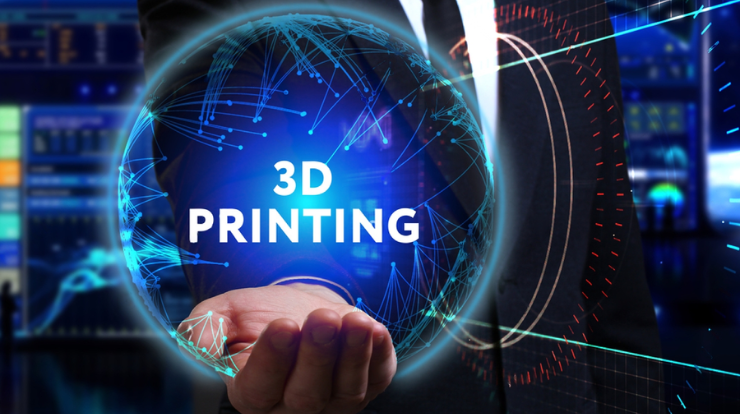Introduction: In the realm of artificial intelligence (AI), the software landscape is ever-evolving, marked by groundbreaking innovations and transformative advancements. From machine learning algorithms to natural language processing systems, the diversity of AI software is vast, catering to a multitude of industries and applications. In this exploration, we delve into the realm of best ai software to uncover the best solutions, analyzing their capabilities, features, and impact on various domains.
- Understanding the Landscape of AI Software: AI software encompasses a broad spectrum of tools and technologies, each designed to address specific challenges and tasks. Machine learning frameworks like TensorFlow and PyTorch dominate the landscape, providing developers with powerful tools for building and deploying AI models. Natural language processing (NLP) libraries such as spaCy and NLTK facilitate text analysis and understanding, while computer vision platforms like OpenCV enable the interpretation of visual data. Understanding the diverse range of AI software is crucial in identifying the best solutions for specific use cases.
- TensorFlow: Powering the Future of Machine Learning: TensorFlow stands as one of the most prominent AI software frameworks, revered for its versatility and scalability. Developed by Google Brain, TensorFlow offers a comprehensive ecosystem for building and training machine learning models across diverse domains. Its flexible architecture supports a range of deployment options, from mobile devices to cloud environments. TensorFlow’s extensive library of pre-trained models, coupled with its intuitive APIs, accelerates the development process, making it a preferred choice for AI practitioners worldwide.
- PyTorch: Empowering Innovation in Deep Learning: PyTorch has emerged as a formidable competitor to TensorFlow, particularly in the realm of deep learning research and development. Developed by Facebook’s AI Research lab (FAIR), PyTorch boasts a dynamic computation graph, facilitating rapid prototyping and experimentation. Its Pythonic syntax and seamless integration with other scientific computing libraries make it an ideal choice for researchers and developers alike. PyTorch’s emphasis on flexibility and user-friendliness has propelled its adoption across academia and industry, cementing its position as a leading AI software framework.
- OpenAI GPT: Revolutionizing Natural Language Processing: OpenAI’s Generative Pre-trained Transformer (GPT) models have revolutionized the field of natural language processing, showcasing the power of large-scale language models. GPT-3, the latest iteration, exhibits unprecedented capabilities in text generation, comprehension, and translation. Leveraging deep learning techniques, GPT models have been integrated into various applications, including chatbots, content generation tools, and language translation services. The versatility and adaptability of GPT make it a standout AI software solution for NLP tasks.
- OpenCV: Transforming Computer Vision Applications: OpenCV stands as a cornerstone in the realm of computer vision, providing developers with a comprehensive library for image and video analysis. From object detection to facial recognition, OpenCV offers a plethora of algorithms and tools for solving complex vision tasks. Its cross-platform support and extensive documentation make it accessible to developers across different domains, ranging from robotics to healthcare. OpenCV’s continuous evolution and community-driven development ensure that it remains at the forefront of computer vision innovation.
- The Impact of AI Software Across Industries: The proliferation of AI software has catalyzed transformative changes across various industries, driving efficiency, innovation, and competitiveness. In healthcare, AI-powered diagnostic tools enhance disease detection and treatment planning, improving patient outcomes. In finance, AI algorithms analyze market trends and customer data to optimize investment strategies and mitigate risks. Similarly, in manufacturing, AI-driven automation streamlines production processes and enhances quality control. The widespread adoption of AI software underscores its significance in shaping the future of diverse sectors.
Conclusion: As AI continues to permeate every facet of our lives, the role of AI software becomes increasingly pivotal. From TensorFlow to OpenAI GPT, the best AI solutions exemplify innovation, scalability, and adaptability. By harnessing the power of these advanced technologies, organizations can unlock new possibilities, drive efficiency, and chart a course towards a more intelligent future




















